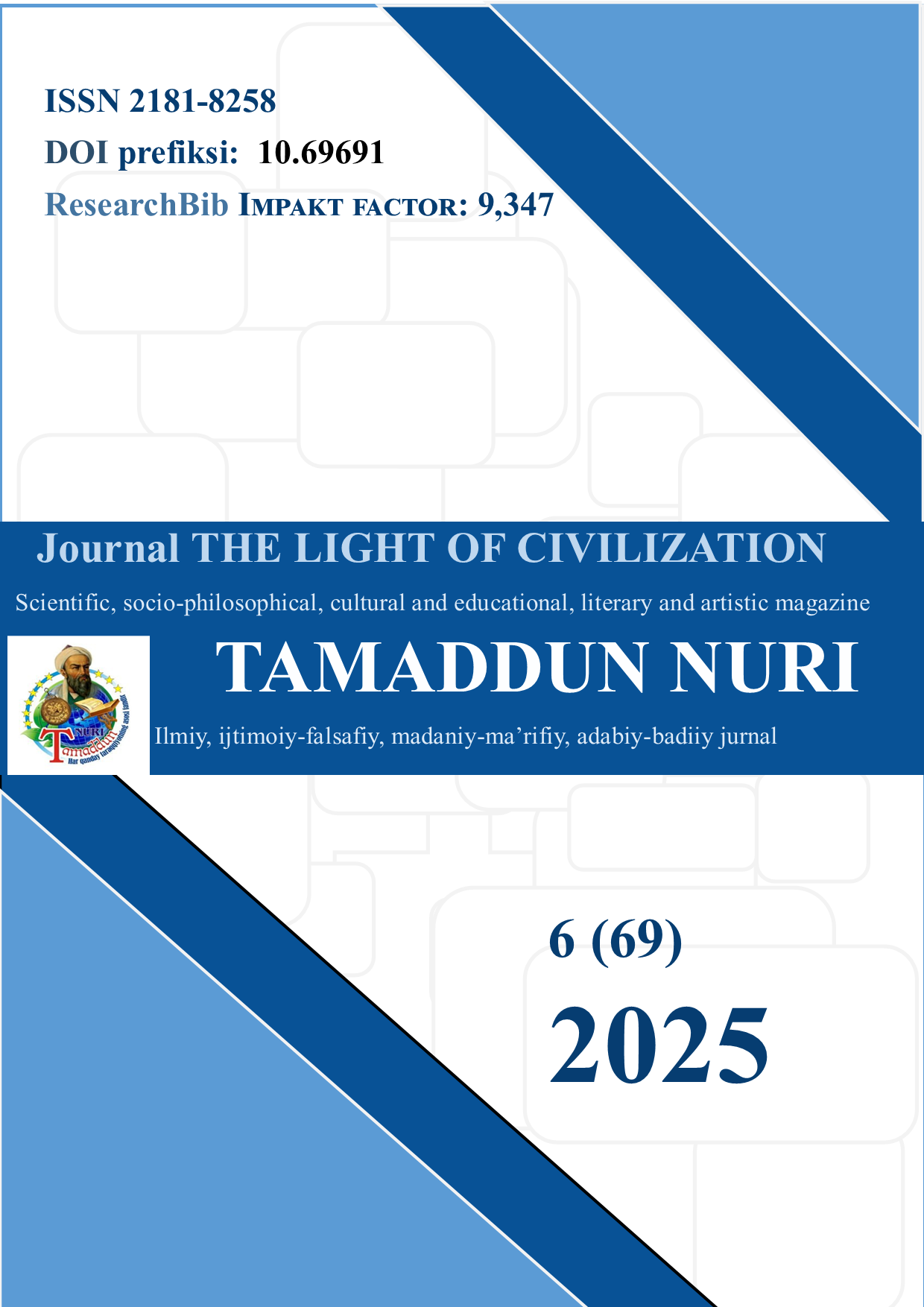THEORETICAL BASIS OF THE TRAIL MAKING TEST (TMT) METHODOLOGY
DOI:
https://doi.org/10.69691/wnt5mb81Keywords:
The following areas are to be considered in this study: Trail Making Test, cognitive functions, attention, neuropsychological assessment, digital technologies, educational environment, executive functions, and school diagnostics.Abstract
Digital technologies have been demonstrated to exert a considerable influence on the cognitive development of Generation Alpha, presenting novel opportunities for learning. However, when utilised excessively, these technologies have been observed to contribute to a reduction in attention span and diminished cognitive flexibility. The present study examines the Trail Making Test (TMT) as a neuropsychological diagnostic tool within the educational environment.
References
Limniou, Maria. "The Effect of Digital Device Usage on Student Academic Performance: A Case Study." Education Sciences, vol. 11, no. 3, 2021, p. 121. https://doi.org/10.3390/educsci11030121
Moses J. A., Pritchard D. A., Adams R. L. Normative Corrections for the Halstead Reitan Neuropsychological Battery // Archives of Clinical Neuropsychology. — 1999. — Т. 14, № 5. — С. 445–454
Pálsson Á. Normative Scores on the Trail Making Test for the Icelandic Population: BSc Thesis. Reykjavík: University of Iceland; 2013.
TombaughT.N.Trail Making Test A and B: Normative data stratified by age and education // Archives of Clinical Neuropsychology. — 2004. — Т. 19. — С. 203–214.
Owari, K. (n.d.). The effect of exercise at different times of day on improvement of attention: Focusing on duration Advisor: Satoshi Yoshino.
Downloads
Published
Issue
Section
License
Copyright (c) 2025 Journal of Tamaddun Nuri

This work is licensed under a Creative Commons Attribution-NoDerivatives 4.0 International License.



